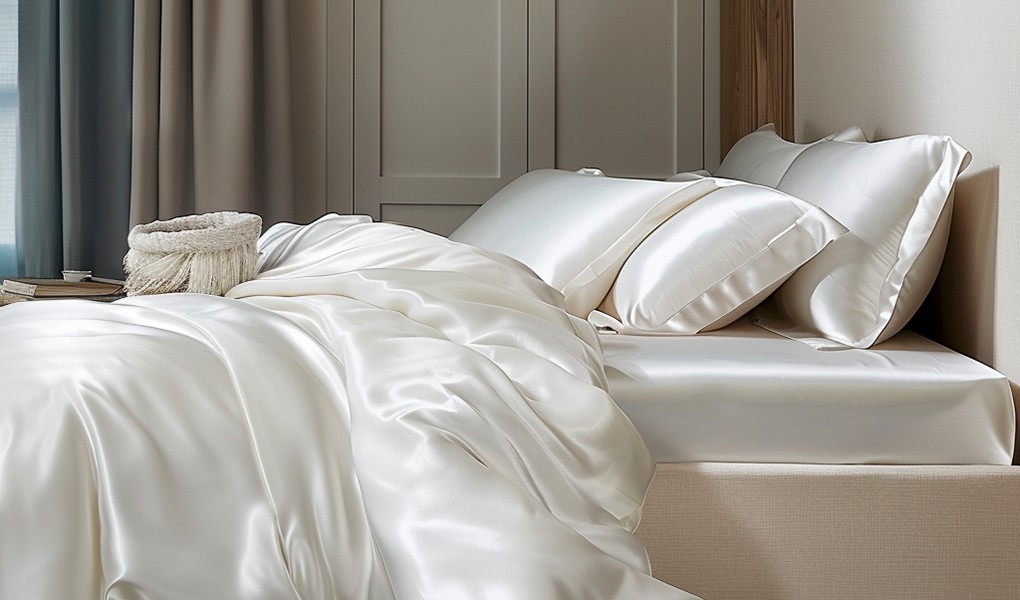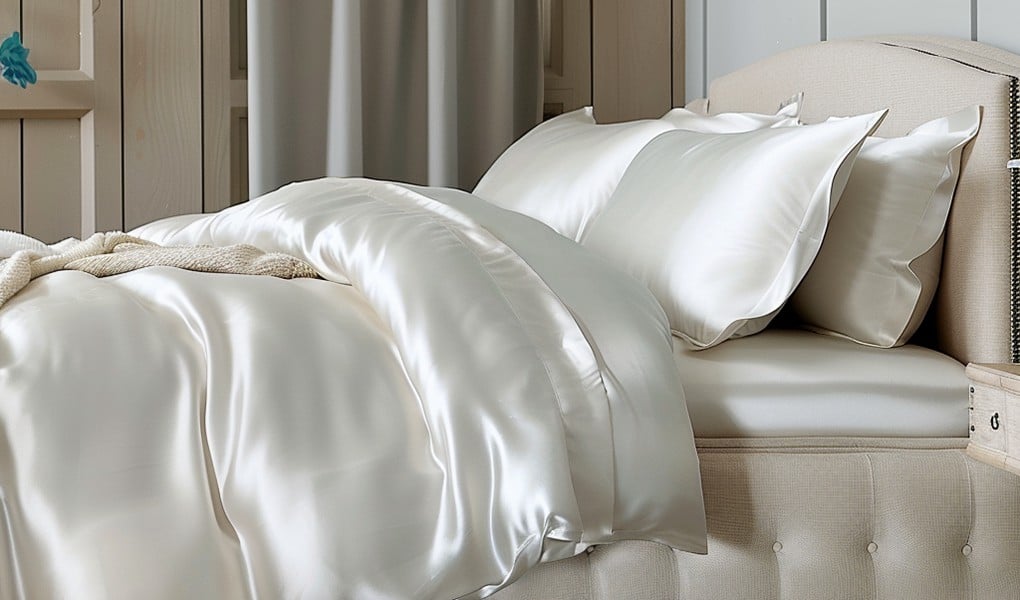Silk quilts, as indispensable bedding items in our daily lives, have their craftsmanship directly impacting sleep quality and longevity. Among the various techniques used in quilt-making, quilting stitching, with its unique advantages, has gradually gained attention and favor.
Firstly, let’s understand what quilting stitching is. Quilting involves securely stitching the filling material and outer fabric together using quilting stitches. In this process, artisans use special needles and threads to firmly connect the filling material with the fabric, ensuring the quilt remains smooth and even. This technique demands superior manual skills and patience, as each quilting stitch needs to be precisely interlaced between the filling and fabric layers to maintain the overall integrity and uniformity of the quilt.
However, besides quilting stitching, there exist other quilt-making techniques such as sewing and heat bonding. Sewing is a more common method where the filling material and fabric are stitched together using a sewing machine. It’s faster and cost-effective but may result in issues like shifting of filling material and pilling. On the other hand, heat bonding involves pressing the filling material and fabric together through heat treatment, creating a strong bond. While silk quilts made using this technique are relatively sturdy, they may lack the softness and breathability compared to those made with quilting stitching.

So, why is quilting stitching preferred? Firstly, quilts crafted using quilting stitching offer better breathability and insulation. The interlaced quilting stitches create numerous small compartments within the quilt, facilitating air circulation and preventing it from becoming stuffy, providing a more comfortable sleeping experience. Secondly, quilts made with quilting stitching are softer and more comfortable, with the filling material distributed evenly without clumping. This means that even after prolonged use, silk quilts made with quilting stitching retain their original comfort, minimizing discomfort. Lastly, quilts crafted with quilting stitching exude a sense of craftsmanship and quality assurance. The precise interlacing of each quilting stitch requires meticulous craftsmanship, giving the quilt a unique cultural connotation and quality guarantee.
In conclusion, quilting stitching, as a traditional technique in quilt-making, has carved out a niche for itself in today’s market due to its unique advantages. In an era where people increasingly pursue comfortable and healthy lifestyles, silk quilts made with quilting stitching undoubtedly become an ideal choice for many.

